Sony now makes six – SIX – 50mm full frame E-mount primes. What’s going on?!
OK, so prime lenses are making a comeback, and the nifty fifty is the most popular of all, but why does Sony make six?
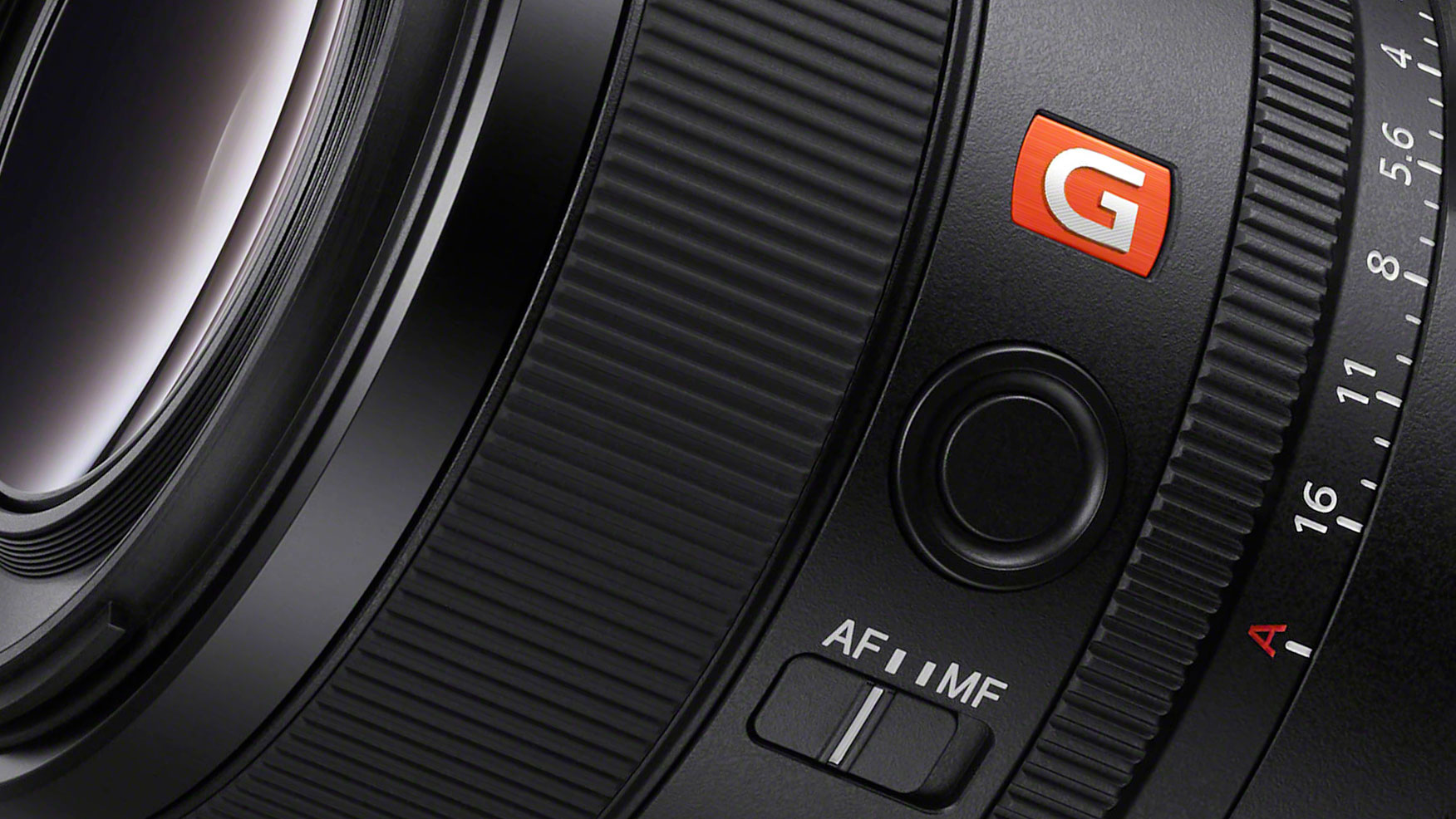
We’ve just reviewed two brand new Sony 50mm E-mount primes and, admittedly, they could hardly be more different. The FE 50mm F2.5 G is a super-compact prime for travellers and vloggers and a perfect match for cameras like the Sony A7C, while the Sony FE 50mm F1.2 GM is a bokeh monster for professional photographers, and Sony’s first E-mount f/1.2 lens.
But there were already four Sony 50mm E-mount primes in the Sony lens range, so what happens to those, how (and why) do these two new 50mm lenses fit in, and how are you meant to figure out which Sony 50mm lens to get?
Sony FE 50mm lenses listed… and explained
OK, so how should we do this? Let’s take these lenses in chronological order with the newest first, since this might help us figure out where Sony is going with all of this. Don’t forget that older Sony lenses were designed at a time when video was still just for specialists, when AF actuators were still designed for stills photography, and when no-one had aperture rings, let alone de-clickable ones!
2021 lenses
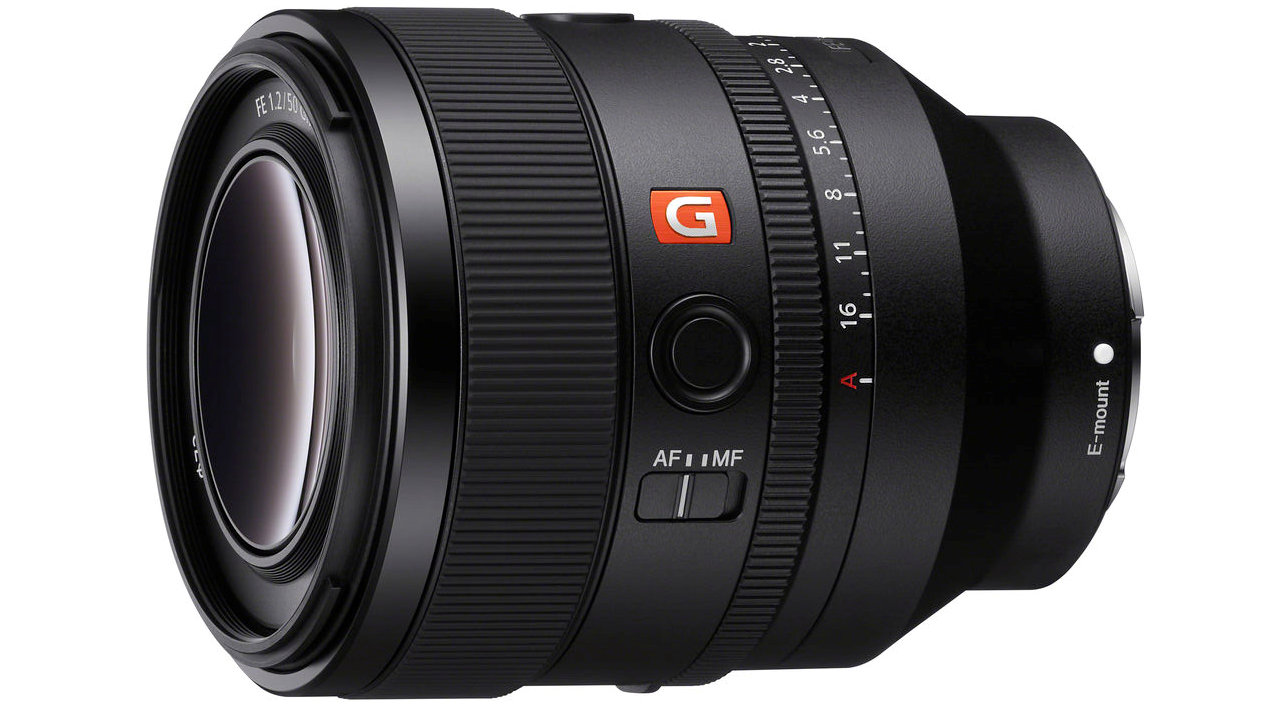
Sony FE 50mm F1.2 GM (March 2021)
This is the bee’s knees of Sony 50mm lenses. Not only is it the first Sony prime to have an f/1.2 maximum aperture, it has four Linear XD AF motors designed equally for video and stills, and a de-clickable aperture ring. It also has G Master optics, with no fewer than three ultra-high-precision XA lens elements, plus an 11-bladed aperture for the best possible bokeh. As 50mm primes go, this is absolutely state of the art.
• Read our Sony FE 50mm F1.2 GM review
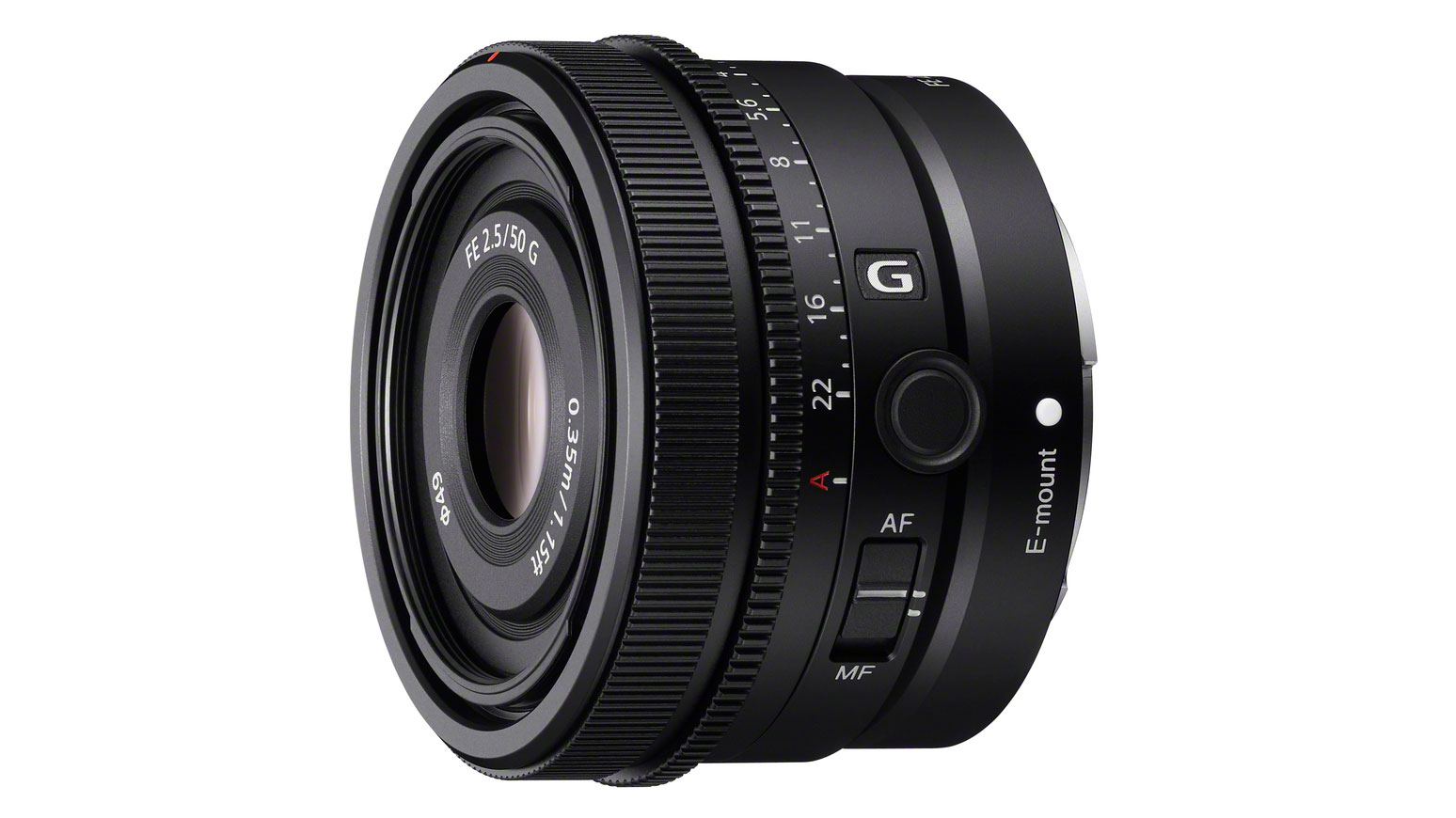
Sony FE 50mm F2.5 G (March 2021)
The Sony FE 50mm F2.5 G is also designed for both stills and video, but otherwise it could hardly be more different to the FE 50mm F1.2 G Master. It’s a fraction of the size and a fraction of the cost (though still not exactly cheap), but this lens also has linear AF motors (two, this time) and a de-clickable aperture ring. If the F1.2 is perfect for cinematographers, this lens is for travel vloggers who will happily trade maximum aperture for compactness and light weight.
• Read our Sony FE 50mm F2.5 G review
Get the Digital Camera World Newsletter
The best camera deals, reviews, product advice, and unmissable photography news, direct to your inbox!
2016 lenses
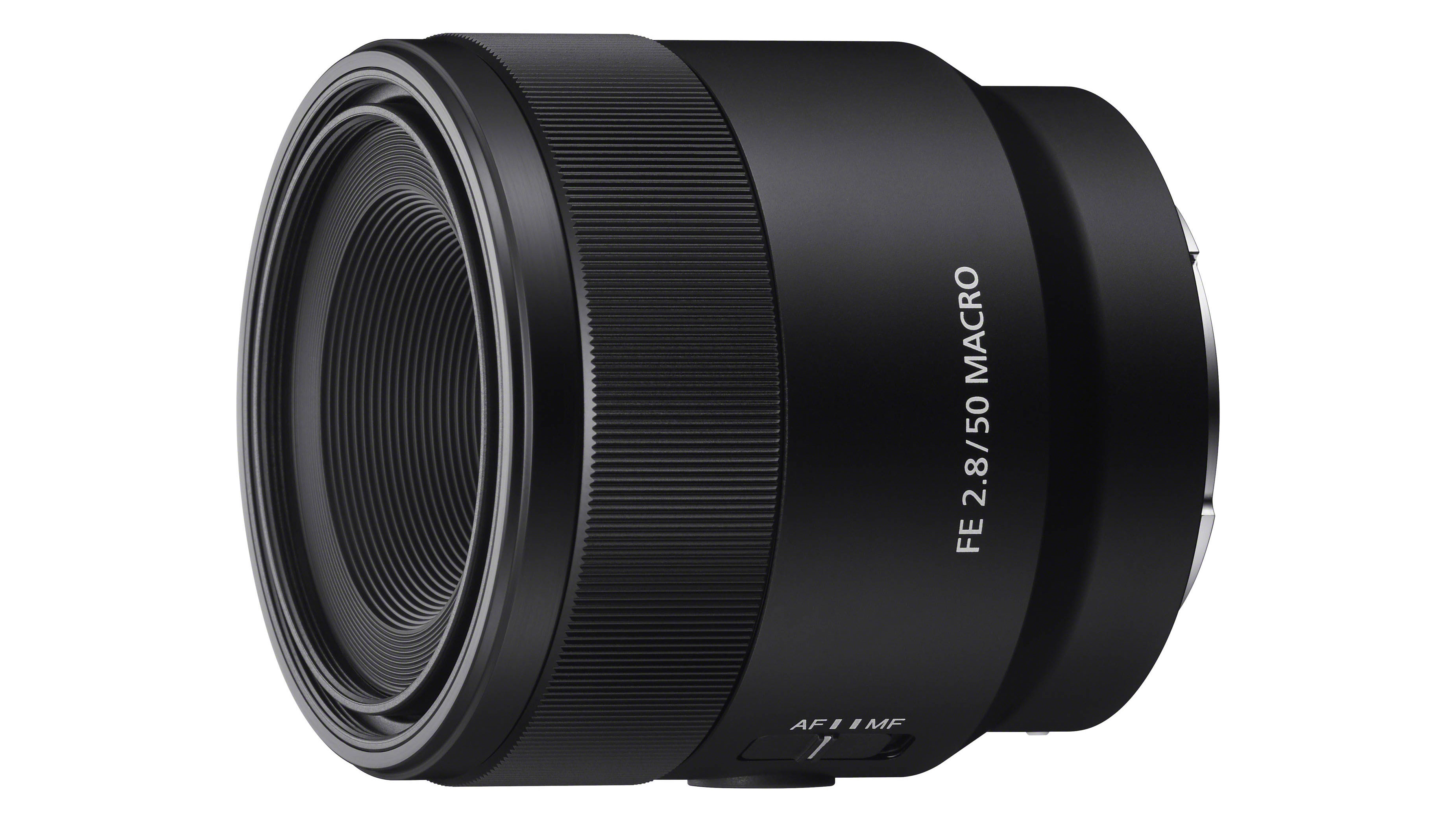
Sony FE 50mm F2.8 Macro (August 2016)
This is both a nifty fifty and an affordable macro lens with 1:1 magnification. It’s not a Zeiss or a G Master, so it’s designed as an affordable workaday lens for amateurs and enthusiasts. That’s not to say it’s a poor performer – far from it – but with no aperture ring and a modest f/2.8 maximum aperture, we would characterise this more as a macro lens than a 50mm (even though that is the focal length). If what you want is a fast 50mm prime for regular use, you would probably cross this off the list.
• Read more: Best macro lenses
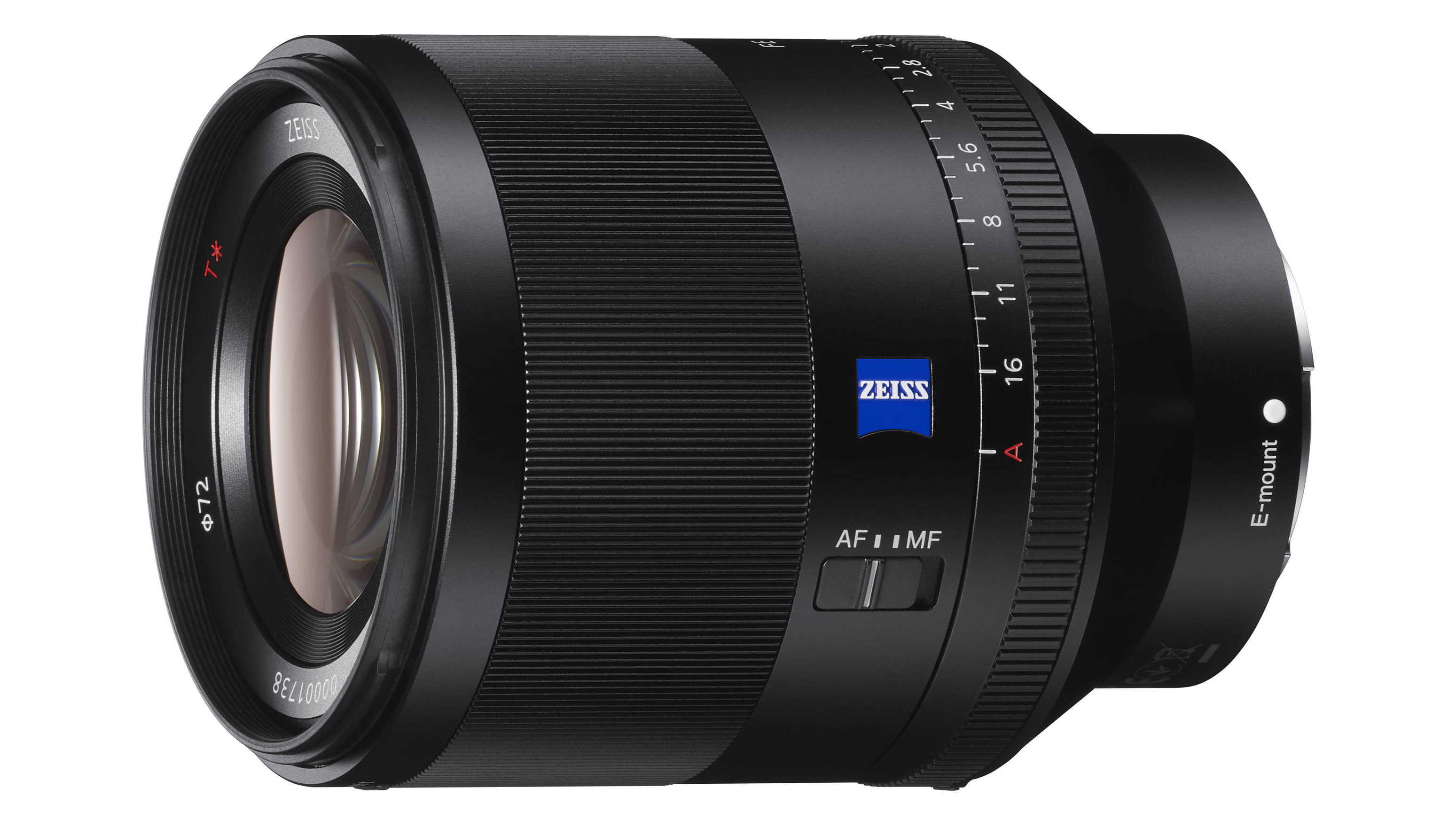
Sony Zeiss Planar T* FE 50mm F1.4 ZA (July 2016)
This lens comes from the days when Sony worked with Zeiss to produce its premium professional lenses. Nowadays, Sony’s premium lenses are its in-house designed G Master lenses, but the company has told us that the Zeiss lenses will continue to be available and have their own characteristic. rendering. Like later G Master lenses, this one has an aperture ring, but it’s not de-clickable, and this lens uses SSM (Super Sonic wave Motor) for AF, not Sony’s later linear motors. For stills, it.s a great lens, for video, later lenses might be better.

Sony FE 50mm F1.8 (March 2016)
The Sony FE 50mm F1.8 is Sony’s base level 50mm prime, priced for amateurs and enthusiasts, but still with a decent maximum aperture. It’s small (but not as small as the new FE 50mm F2.5 G) light and cheap, but has a relatively simple optical construction with no frills. The DC motor is audible, so it’s not great for video, and there’s no aperture ring. If you want a cheap 50mm prime for your Sony, this does the job, but it’s more for low-cost stills shooting than video.
2013 lenses
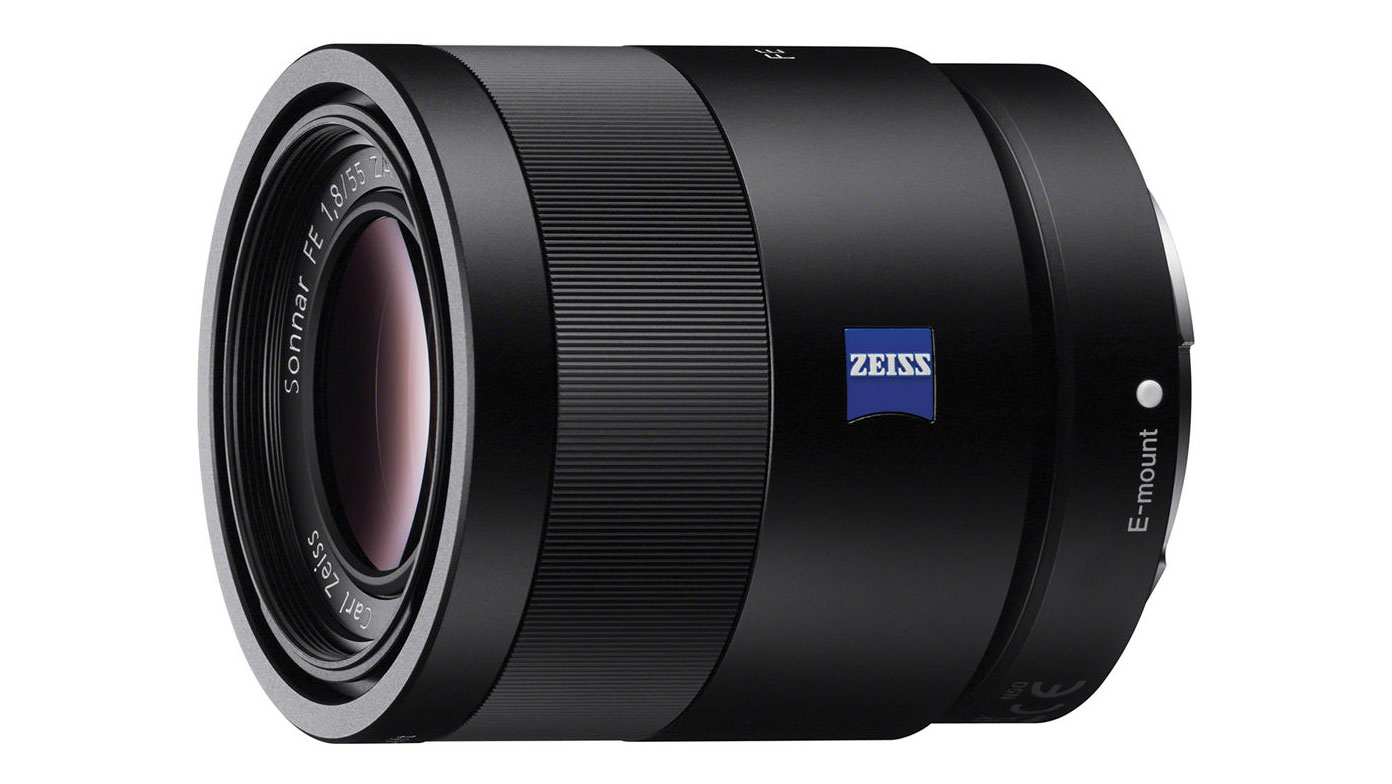
Sony Zeiss Sonnar T* FE 55mm F1.8 ZA (October 2013)
Another Zeiss collaboration, this is one of the earliest Sony mirrorless primes and pre-dates the Zeiss f/1.4 version by three years. It’s not cheap, it’s not especially fast and it lacks modern luxuries like an aperture ring. We’re willing to be that it still has what it takes for stills photography, but if you want to shoot video as well (or instead), there are more modern 50mm lenses (probably from 2021, above) that you would choose ahead of this one.
Did that help?
Sony’s plethora of 50mm primes makes sense when you view them historically. The Sonnar T* FE 55mm F1.8 ZA was the first, way back in 2013, and then in 2016 Sony upped its game with the affordable FE 50mm F1.8, the premium Zeiss Planar T* FE 50mm F1.4 ZA and the dual-purpose FE 50mm F2.8 Macro. You then have to fast forward another five years for the latest two lenses, the big FE 50mm F1.2 GM and the compact FE 50mm F2.5 G.
It’s these latest two 2021 lenses we would take most seriously for modern users, with the older 2016 FE 50mm F1.8 and FE 50mm F2.8 Macro lenses as affordable alternatives. Nice as they are, we suspect the two Zeiss lenses are out of the game now unless you absolutely have to have a Zeiss.
Read more:
• Best Sony lenses
• Best 50mm lenses
• Sony FE 50mm F2.5 G review
• Sony FE 50mm F1.2 GM review
• Best Sony cameras

Rod is an independent photography journalist and editor, and a long-standing Digital Camera World contributor, having previously worked as DCW's Group Reviews editor. Before that he has been technique editor on N-Photo, Head of Testing for the photography division and Camera Channel editor on TechRadar, as well as contributing to many other publications. He has been writing about photography technique, photo editing and digital cameras since they first appeared, and before that began his career writing about film photography. He has used and reviewed practically every interchangeable lens camera launched in the past 20 years, from entry-level DSLRs to medium format cameras, together with lenses, tripods, gimbals, light meters, camera bags and more. Rod has his own camera gear blog at fotovolo.com but also writes about photo-editing applications and techniques at lifeafterphotoshop.com
